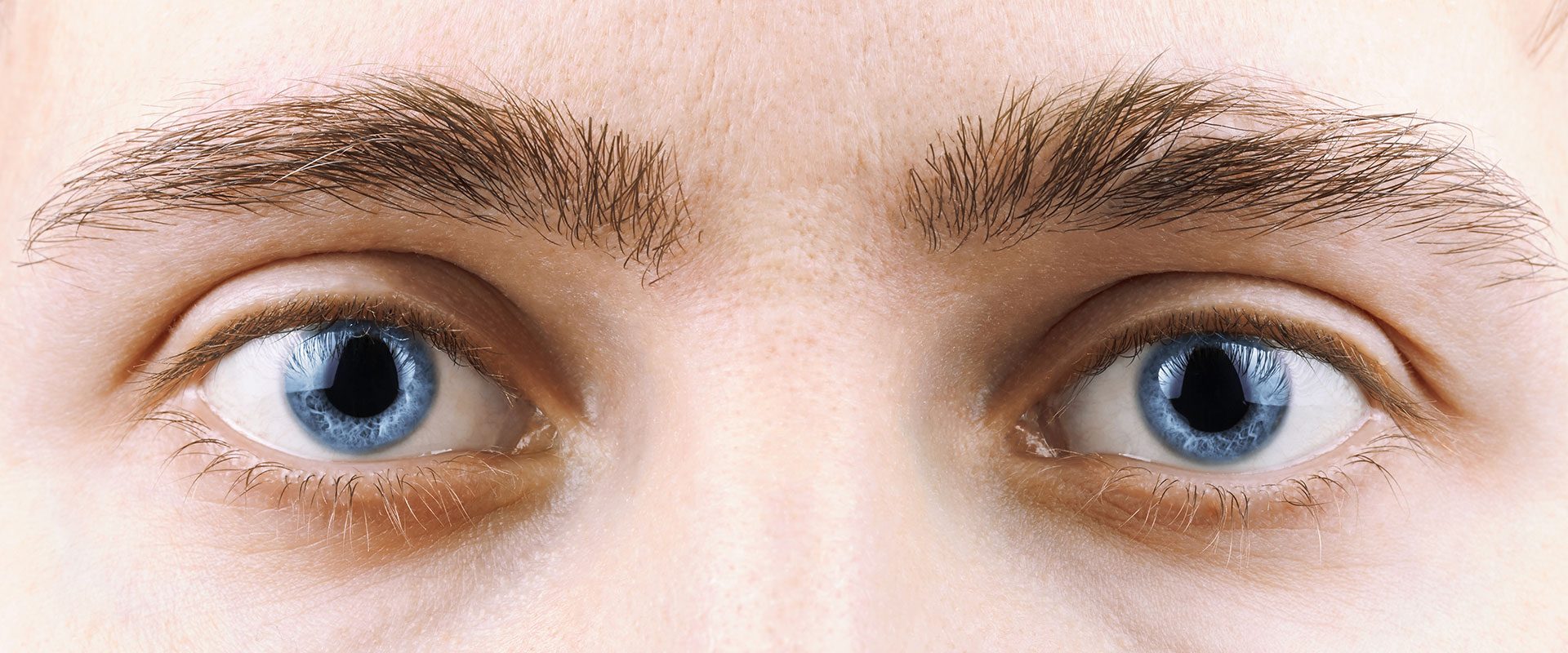Common Eye Issues
Floaters look like small, semi-transparent or dark spots or strands that appear to float in front of your vision.
Because they ‘float’ in the jelly of your eye, you will find they move away in the direction you move your eye if you try to look at them. You may only see floaters if you are staring at a light coloured surface or at the sky during the day.
Most of the time floaters are harmless. Some people are born with them. Other floaters occur as you get older due to normal changes to the gel inside the eye. If you have had floaters for years, your eye and brain often learn to ignore them.
Flashing lights may appear like small sparkles, lightning or fireworks. These tend to be in the extreme corners of your vision and come and go but don’t obscure any part of your vision. The flashes don’t last for a set length of time, and you may notice them more if you go from a light to dark environment.
These are different to the shimmering or zig-zag lines that may be part of a migraine. Migraine shimmers are a flickering of light, often on only one side of your vision, which then expands to the outside of your vision with a jagged pattern. This will often obscure at least part of your vision (the left or right side). The shimmers usually go away after 10 to 20 minutes and may, but not always, be followed by a headache.
Occasionally flashes or floaters may indicate a problem at the back of the eye, therefore it is important to see your Optometrist urgently if:
- Floaters or flashes appear suddenly or suddenly increase in number
- You have a dark ‘curtain’ or shadow moving across your vision
- You also have blurred vision
- You also have eye pain
- Floaters start after eye surgery or an eye injury

